Natural Disasters and You
If scientists are positive that the West Coast is due for a catastrophic weather event, how seriously does that rule out Portland for post-grad?
By Crissona Tennison, UCLA
Every so often in Southern California, scary headlines emerge to remind those of us stuck on the 405 freeway that, not only are we going to be two hours late for school and work, but our region is long overdue for a major earthquake.
I first discovered this shortly after getting accepted to UCLA and excitedly researching Los Angeles, which was to be my new home for the next two years. My first reaction to the mood-ruining news was to silently pray that my mother didn’t find the headlines, and my second was to wonder if my pilgrimage for higher education would be the death of me.
The comments section for the various news reports were full of people who weren’t quite as dramatic. In fact, they seemed to brush off the news completely, with statements along the lines of “We hear about this every few years, but it never happens.”
Such blasé attitudes weren’t exactly a comfort; after all, just because it hasn’t happened yet, doesn’t mean it won’t! Hello, science?
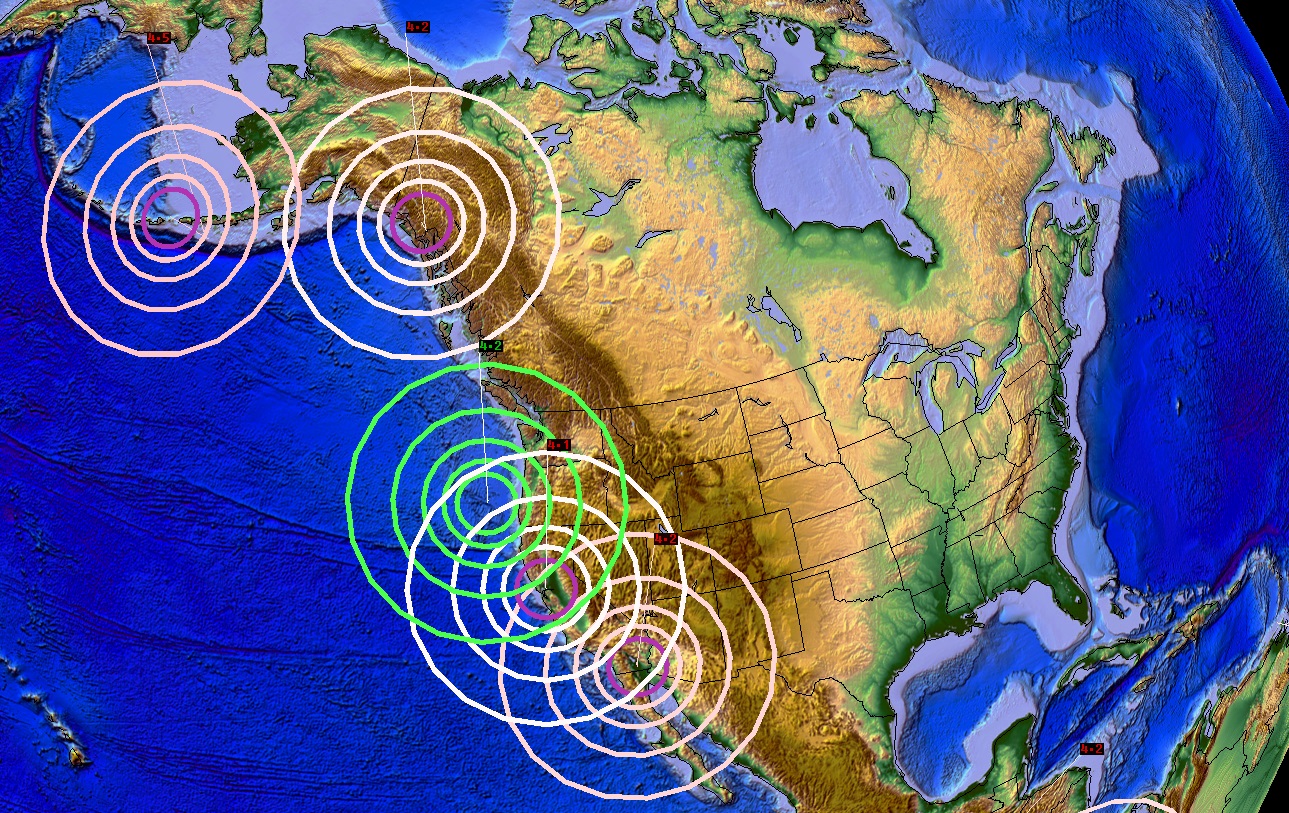
But they did help me come to the conclusion that moving to the area for a meager two years was probably a risk worth taking. As long as I minimized my time there, I still had a pretty good shot of making it out alive.
One year later I am still alive, not having seen any serious earthquake action in So-Cal since my move. My initial concerns have mostly been buried under the pile of new people, experiences and work that accompany life at a new school and city. But they are not completely gone. As I start to think about where I want to live after college, it becomes increasingly apparent that everywhere I want to live is in danger of some serious Mother Nature wrath.
The scariest information I came across was the July 2015 article in New York Magazine called, “The Really Big One.” The Pulitzer Prize winning piece explained the existence of the Cascadia subduction zone from Northern California up through Canada, detailing the worst case scenario if the plate ruptures, which will happen, possibly far in the future, but also possibly tomorrow. The earthquake, and the accompanying tsunami, would have a severe impact on the Pacific Northwest region, including cities like Seattle and Portland.
Of course, I came across this information while researching Portland, a city I was thinking about moving to, like many an oblivious hipster before me. Suddenly, the mental image of scads of craft beer-wielding young’uns cramming into Portland didn’t just seem eye-rollingly conformist, but downright foolish. Why do so many people choose to move to Portland, Los Angeles or other cities that are known to be “overdue” for a major natural disaster?
Choosing a place to live is a complicated task that involves considering available careers, cost of living, cultural amenities, familial proximity, weather, political climate and many other factors. If you manage to find a place with the perfect blend of economic, cultural and social factors, it may be hard to justify not living there, even if there is a natural disaster on the horizon.
Your civic home plays a large role in determining your experiences, your acquaintances, and even your identity. Crafting a meaningful life means choosing a home that reflects, or can reflect, your values and priorities. Obviously, staying alive should be a priority. But how much of a role should possible future disasters play in decision making?
Realistically, the decisions at stake may not be where to live, but how to live there. Knowledge of the natural-disaster possibilities of a given area can help residents and future transplants prepare for high-risk seasons and otherwise unforeseen catastrophes.
People who live in places like Florida, North Carolina or Louisiana will experience hurricanes. The mid-western and southern United States have tornadoes to worry about. Earthquakes are a concern, not just along the west coast, but in the region where Tennessee, Kentucky, Illinois, Mississippi and Missouri intersect. Those on the Pacific Coast, including Alaska, should be aware of tsunami risks, especially when major earthquakes happen across the ocean.
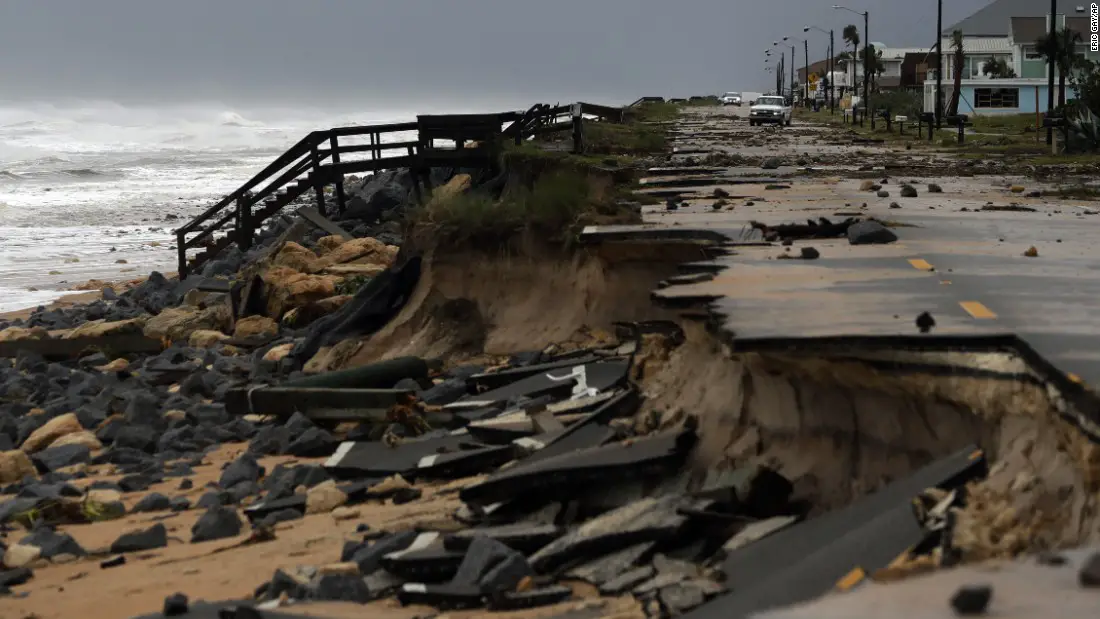
There are 169 active volcanoes in the United States, and while most of those are in Alaska, there are quite a few in the western half of the country, especially the west coast. The safest places in the country (with regards to natural disasters) are North and South Dakota, Minnesota, Montana, and to a lesser degree Colorado and New Mexico.
Your economic and personal circumstances, as well as the laws in your area, will determine the extent to which you can choose to live in buildings that are designed to withstand possible catastrophic natural disasters, or avail yourself of insurance protection. One thing everyone can do, however, is make sure to have an emergency pack that includes mainstays such as adequate water, food, a first-aid kit, maps, menstrual hygiene items and a hand-crank radio. A more detailed emergency kit checklist, as well as instructions for creating an emergency family contact plan, can be found at www.ready.gov.
Choosing to live in a high-risk area is like choosing to drive a car. Even the safest of drivers may find themselves in a car accident due to someone else’s poor driving; but, getting behind the wheel is a calculated risk that most Americans choose to take because the trade-off—having a larger variety of jobs and activities to choose from—is worth the statistically-minor risk. The same with flying: It enables people to travel to different lands, complete assignments for demanding jobs and stay in touch with family members.
Living your best life often means accepting risk, preparing for it as much as possible and leaning into uncertainty. So, next time you are browsing the news on your phone in the grocery line and you see an unsettling headline about an impending natural disaster, use it as an opportunity to mentally review your emergency action plan. As the saying goes, “Prepare for the worst, hope for the best.”


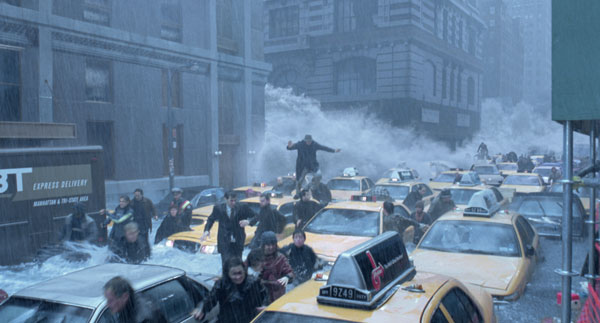



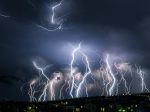


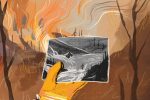
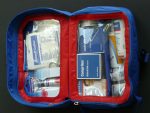
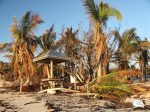
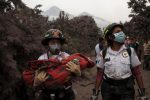





[…] sarcastic talking points to make his argument. On one episode, Oliver brings up issues surrounding floods and how they damage […]